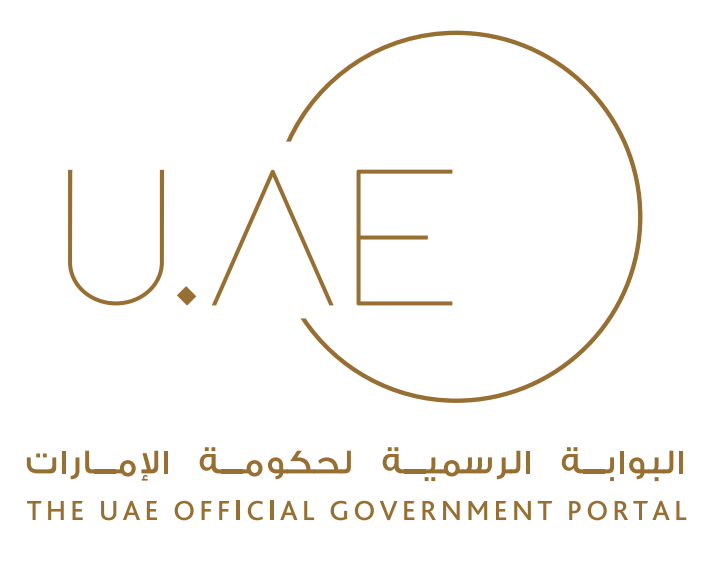- World Economic Forum and Dubai Future Foundation launch ‘Top 10 Emerging Technologies of 2025’ Report
His Excellency Mohammad Al Gergawi:
- The rapid acceleration of technology offers the world promising opportunities to advance key sectors and enhance the ability of governments to respond to major transformations.
- Readiness for future technologies has become a key benchmark for the success of governments, businesses, and individuals in shaping the future.
His Excellency Mohammad Abdullah Al Gergawi, Vice Chairman of the Board of Trustees and Managing Director of Dubai Future Foundation, has said the rapid pace of technological change is unlocking major opportunities to grow future-focused economic sectors and help governments turn global shifts into meaningful societal value.
He added: “Readiness for future technologies – and the capacity to apply their diverse use cases – has become a key benchmark for governments and the private sector in designing and building the future. We will continue to support active global partnerships and advancing research to anticipate emerging trends and technological opportunities.”
His remarks came on the occasion of the launch of the Top 10 Emerging Technologies of 2025 report by the World Economic Forum, in collaboration with Dubai Future Foundation.
Al Gergawi noted: “The Top 10 Emerging Technologies report aims to equip governments, businesses, and entrepreneurs with foresight on the most impactful scientific and technological breakthroughs expected to scale in the coming years.”
The report highlights several areas of priority for the years ahead – including advancing health and sustainability, deepening technological integration, continuing innovation, developing effective solutions, and ensuring societal infrastructure is equipped to scale these technologies and achieve their full impact.
Technologies featured in the report were selected based on their novelty, potential for significant societal impact, and ability to scale – with a focus on enabling faster adaptation to global change.
This year marks the first time the report has included a foresight angle which has been developed in collaboration with the Dubai Future Foundation, originally launched by the World Economic Forum in 2011 in collaboration with Frontiers – a leading open-access publisher in science, technology, and medicine. More than 300 experts from the Global Future Council network participated in developing the report’s content. Meanwhile, Dubai Future Foundation’s participation marks the first time an entity from the region contributed to the report.
The foresight research perspective provided by the Dubai Future Foundation focused on exploring the long-term impact of the selected technologies, projecting the potential shifts that may result from their full-scale implementation, and helping stakeholders better understand how to apply these innovations to real-world challenges.
The technologies featured in the Top 10 Emerging Technologies of 2025 report include: green nitrogen fixation, GLP-1 receptor agonists for neurodegenerative diseases, osmotic power systems, collaborative sensing, nanozymes, autonomous biochemical sensing, advanced nuclear technologies, generative watermarking, engineered living therapeutics, and structural battery composites.
The report highlights the significance of green nitrogen fixation, which leverages renewable electricity and novel bio- or electrochemical processes to produce ammonia.
GLP-1 receptor agonists (GLP-1RAs), a class of drugs originally developed for treating type 2 diabetes and obesity, are now being investigated for their potential to slow the progression of neurodegenerative diseases such as Alzheimer’s and Parkinson’s.
Osmotic power systems generate clean, renewable electricity by harnessing the energy differential that arises when saltwater and freshwater interact.
Collaborative sensing refers to dynamic networks of interconnected sensors embedded across vehicles, infrastructure, and urban systems.
Nanozymes – synthetic nanomaterials engineered to mimic enzyme activity – offer greater durability, lower production costs, and enhanced stability compared to natural enzymes.
The report also features autonomous biochemical sensing – next-generation analytical devices capable of continuously monitoring health or environmental conditions without human intervention.
Advanced nuclear technologies, such as Small Modular Reactors (SMRs) and gas-cooled reactor designs, represent a new generation of compact, safer, and more affordable nuclear energy solutions.
Addressing the challenge of content authenticity, the report also explores generative watermarking – tools that embed invisible, traceable markers into AI-generated content.
Engineered living therapeutics represent a breakthrough in biomedicine, using genetically modified microbes to produce therapeutic compounds inside the human body.
Finally, structural battery composites integrate energy storage directly into the structural elements of vehicles and aircraft, enabling components to serve both as batteries and load-bearing parts.
The full report is available online at www.wef.ch/emergingtech25.









 For an optimal experience please
For an optimal experience please